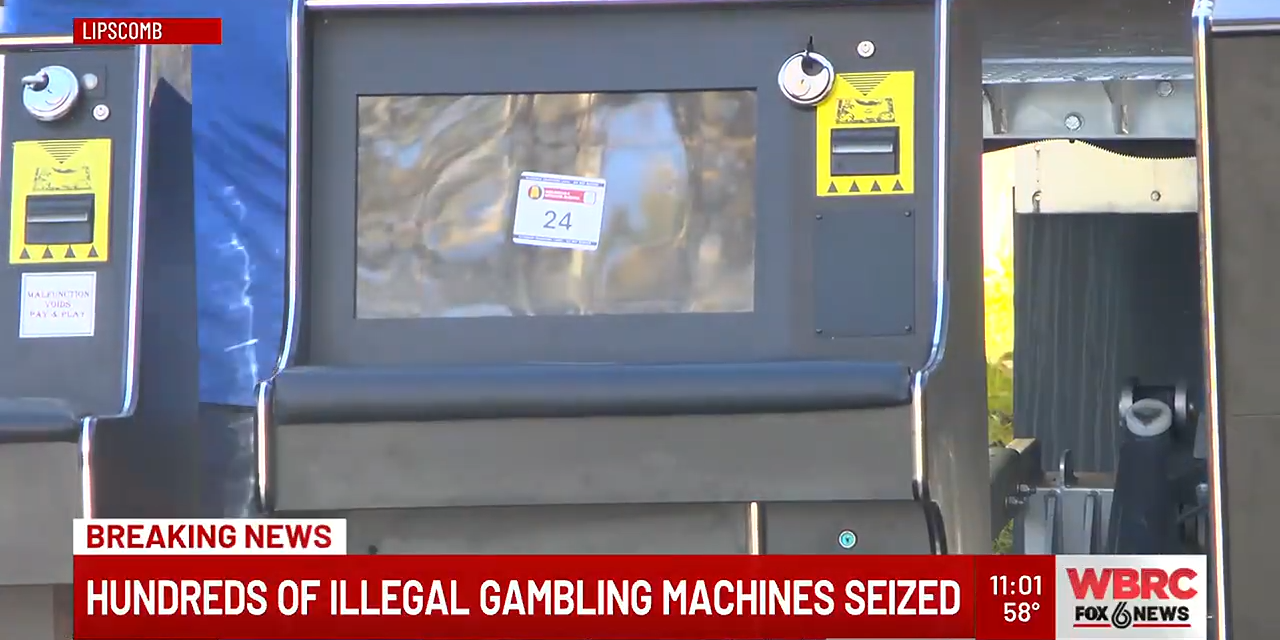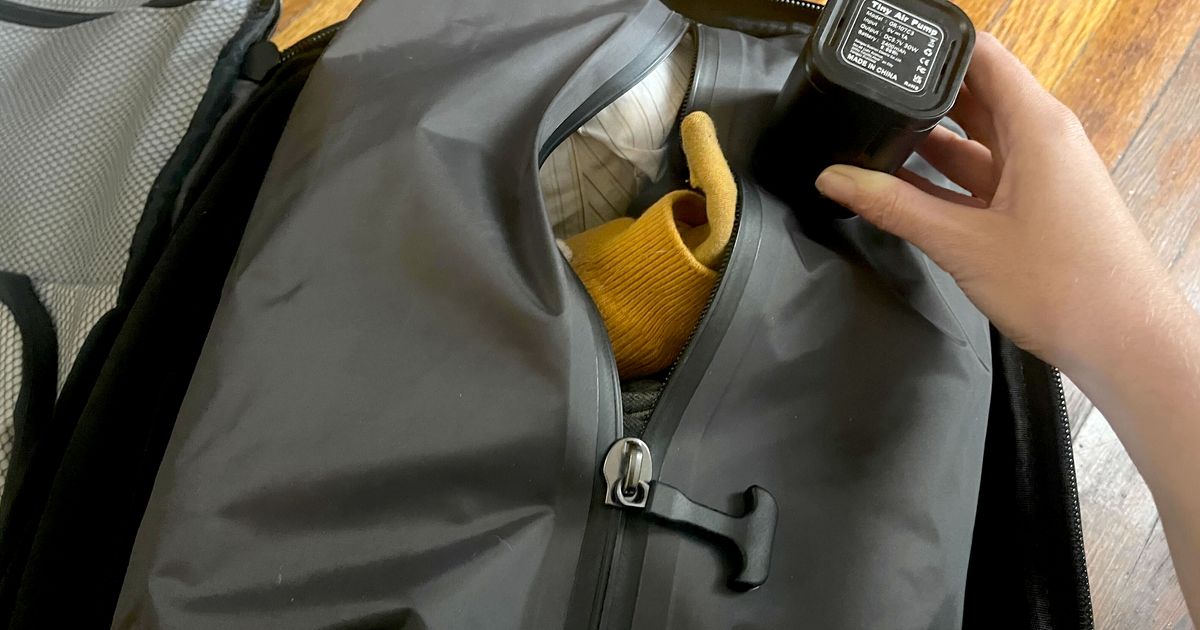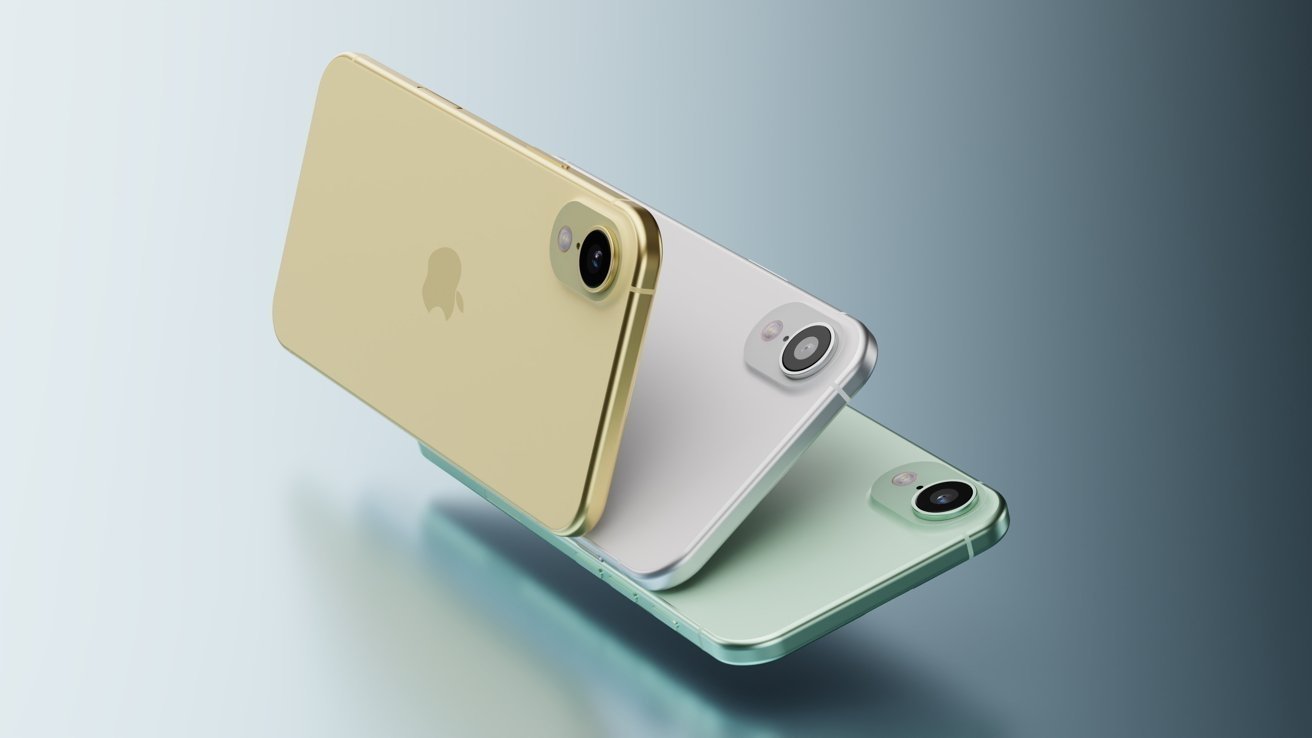Fashion
How Milan Fashion Week Took Us On A Time-Traveling Journey

Milan Fashion Week. A spectacle of haute couture contained in Italy’s largest city that never fails to stun in its biannual celebrations. From Sept. 17 to Sept. 23, a slew of brands showcased their Spring/Summer 2025 collections, many sharing the common theme of time. Whether it was a specific decade or a broad evolution of fashion, Milan became the epicenter for an exploration of the past, present and future.
Numerous brands cut right to the chase, disclosing an explicit retro inspiration for their looks. Jil Sander based their runway on Greg Girard, a Canadian photographer known for cityscapes in the ’70s and early ’80s. Girard’s work depicts Edward Hopper-esque tableaus of run-down diners, rusty Chevrolets and deep purple sunsets — think liminal spaces before such a phrase existed. Jil Sander’s lookbook mirrored the gritty beauty of Girard’s pieces, featuring thick leather coats and flowery vintage textures that reminded me of antique couches and mysterious black tassels in place of where hands should be. Many of the models wore shiny metallic pendants that said “Lonely Hearts,” calling to mind desperate newspaper ads of a bygone era, as well as defeated visions of a Sgt. Pepper’s-fueled counterculture movement.
However, Jil Sander wasn’t the only brand to highlight a photographer. N°21 based their runway on the Swiss photographer Karlheinz Weinberger, who photographed groupies, punk rockers and underground gay subcultures in the ’60s and ’70s. N°21 leaned into the provocative, intimate nature of Weinberger’s pieces, dressing the models in ’60s mod hair and babydoll dresses reminiscent of a classic Barbie beach doll. Suggestive sheer mesh clothing dominated the scene, as did vintage bikinis, bulky pearls, black-and-white checkered patterns and wooly cardigans. Meanwhile, for their upcoming 100th anniversary, Fendi aimed for a modern twist on ’20s Art Deco that would make Daisy Buchanan jealous. In a sea of beige, grays and creams (the most popular colors of that decade), models appeared in sheer dresses, ornate twisting patterns and decorative insignias that resurrected the era of jazz and excess while keeping it fresh in a modern lens.
Naturally, time is a broad, bendable concept, and there were an equal number of fashion houses that chose to fuse multiple eras or experiences together in a unique way. Bottega Veneta was inspired by the concept of childhood, specifically the sensation of trying on grown-up clothes as a little kid. As such, the looks consisted of oversized business wear, avant-garde textures, pants with mismatched lengths and gigantic props to truly explore a child’s imagination. Designer Matthieu Blazy expanded this concept past the runway, letting his guests sit in chairs themed after stuffed animals. Emporio Armani, anticipating their 90th anniversary, named their theme “Future Perfect,” putting a purposefully timeless line of business attire on the runway to commemorate nearly a century of work in the fashion sphere. Sleek monochrome suits, classy ginghams and uniquely patterned tops speckled the stage, honoring the past while fostering excitement about the future. Despite these two runways featuring splendid time-traveling fashion, it was Gucci who had the most ambitious theme — they combined the past 70 years of trends into one runway. Disco ball textured Studio 54 dresses were followed by oversized ’50s summer hats, which in turn were followed by leather fingerless gloves that evoked a twinge of ’90s cyberpunk. Whether it was oversized coats that felt like ’30s supervillain capes, party dresses that would feature in a ’00s catalog or modern-day tank tops paired with trendy oversized jeans, Gucci left no stone unturned and no era unrecognized.
Milan Fashion Week did not disappoint, providing a variety of unique perspectives on what has come before us and what is to follow. As someone who is an avid enjoyer of vintage fashion and fashion history, it is truly wonderful when runways give folks like me something to nerd out about. It made me marvel at the evolution of Western fashion, which contains everything from parasols to punk rock. While the overuse of gray business attire and occasionally garish patterns in a few of these runways bored me, unique color palettes, fun accessories and niche references kept me entertained throughout. The more they leaned into their inspiration, the better, and a part of me wishes the designers spent more time truly committing to the spirit of a certain period, rather than washing a great theme out with randomly modern and more marketable clothing. With that being said, I loved venturing into a fashion-focused time capsule, and I truly hope designers continue to be inspired by eras of all kinds.
Daily Arts Contributor Isabella Casagranda can be reached at ijcasa@umich.edu.










